Function and Importance of Head Gaskets
The head gasket in the Kubota engine plays a vital role in ensuring the normal operation of the engine. The head gasket is located between the engine cylinder and the cylinder head. Its main function is to seal the cylinder to prevent leakage of compressed gas and coolant, while also ensuring the separation between cooling water and engine oil. Here is a detailed explanation of the function and importance of head gaskets:
- Sealed Cylinder: The head gasket needs to withstand the high pressure and high temperature environment when the engine is running. One of its main functions is to ensure that the combustion pressure within the cylinder is effectively sealed to prevent gas leakage. If the head gasket fails, gas can leak from the cylinder gaps, causing reduced engine performance and possibly serious damage.
- Prevents Coolant Leakage: The head gasket is also responsible for sealing the coolant passages and preventing coolant from leaking to the outside of the engine or mixing with the oil. This leak can cause the engine to overheat or even cause engine damage. Therefore, the correct function of the head gasket is crucial to keeping the engine cooling system working properly.
- Separate cooling water and oil: Modern engines often have water cooling systems with coolant separated from the engine oil. The head gasket also plays a key role in this regard, ensuring that no mixing between the two fluids occurs. If the head gasket fails, cooling water and engine oil may mix, resulting in reduced engine lubrication performance, engine overheating, and even corrosion and damage inside the cylinder.
- Maintain Pressure Balance: The head gasket also helps balance the pressure inside the cylinder to ensure a normal combustion process. This is critical to engine performance and fuel efficiency.
In general, the head gasket performs several key functions in the Kubota engine, including sealing the cylinder, preventing coolant leakage, separating cooling water and engine oil, and maintaining pressure balance. Therefore, the function and importance of the head gasket cannot be ignored for the proper operation and long-term reliability of the engine. Regular inspection and maintenance of the head gasket is one of the important steps to ensure healthy engine operation.
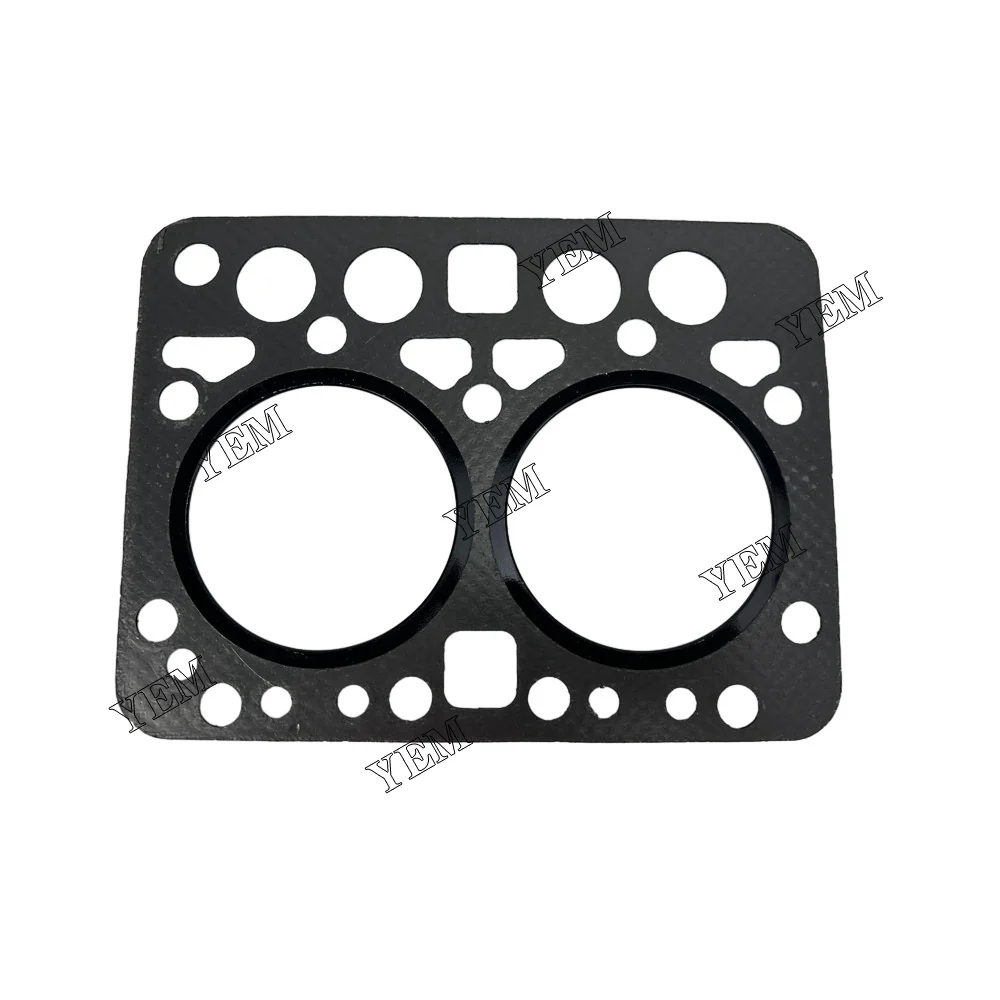
Head Gasket Materials and Manufacturing Process
The materials and manufacturing process of the head gasket are critical to its performance and reliability. Here are some details about the head gasket materials and manufacturing process:
Material:
- Metal Composite: Many head gaskets are made from metal composites, which include a combination of aluminum, steel, copper, and other materials. This material has good sealing and high temperature resistance and is suitable for cylinder heads in high pressure and high temperature environments.
- Polymer: Some modern engines use polymer head gaskets such as polyester or polyamide. These materials generally have better elasticity and sealing properties, and can accommodate the thermal expansion and vibration of the engine.
- Metal Coating: Some head gaskets have a metal coating, such as stainless steel or aluminum coating, for enhanced sealing and corrosion resistance.
Manufacturing process:
- Compression Molding: Head gaskets are typically manufactured through a compression molding process. In this process, material is placed in a mold and compressed under high pressure to form it into the desired shape and thickness.
- Lamination Technology: Many head gaskets use lamination technology, which is to stack thin layers of different materials together and then combine them into a whole through heat pressing or chemical bonding. This technology provides better sealing and durability.
- Surface Treatment: The surface of the head gasket usually receives special treatment, such as spraying lubricant or coating with high temperature resistant coating, to improve its performance and durability.
- Precision machining: Precision machining is required during the manufacturing process of the head gasket to ensure that its size and flatness meet strict requirements. This includes processes such as CNC cutting, grinding and surface smoothing.
- Quality Control: Quality control during the manufacturing process is very important to ensure that each head gasket is of consistent quality and performance. This includes material testing, dimensional measurements, sealing performance testing, etc.
To sum up, the material and manufacturing process of the head gasket directly affect its performance, durability and reliability. Choosing the right materials and employing advanced manufacturing processes are critical to producing high-quality head gaskets.
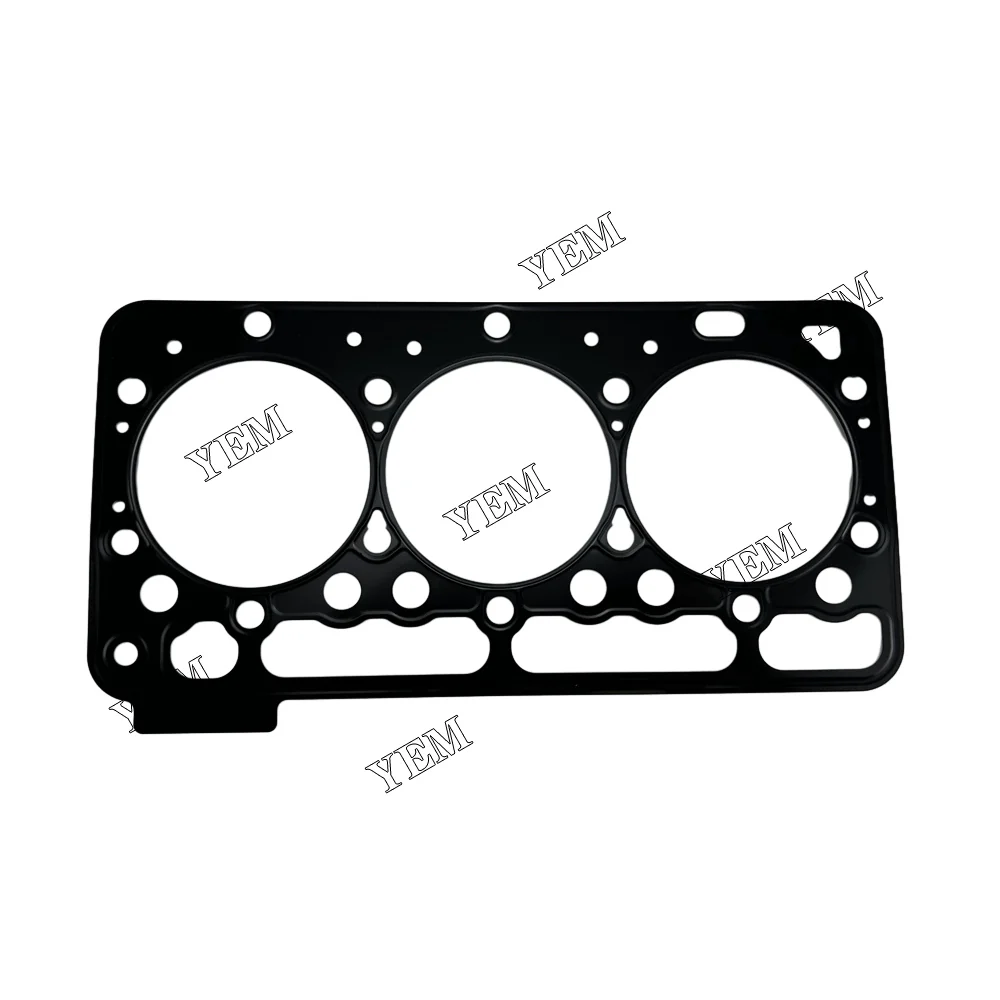
Head Gasket Failure and Maintenance
Head gaskets play a vital role in Kubota engines, but they can also face some common failures. Here is some information about head gasket failure and maintenance:
Common malfunctions:
- Leaks: Head gasket leaks are one of the most common problems. This can be caused by age, wear, excessive heating, or incorrect installation. Leaks can allow coolant to get into the cylinder or oil, causing engine overheating or lubrication problems.
- Wear: Because the head gaskets are exposed to high temperatures and pressures, they may wear out over time. This can cause sealing performance to deteriorate, causing leaks or other problems.
- Cracks: Under extreme conditions, such as engine overheating or cooling system failure, the head gasket may crack. Cracks may cause leaks or further damage.
- Extrusion deformation: Over-torqued bolts or uneven pressure distribution may cause the head gasket to be extruded and deformed, affecting its sealing performance.
Maintenance and Preventive Measures:
- Periodic Inspections: Regularly checking the condition of the head gasket is key to preventing problems. Check for signs of leaks, wear or cracks, and make sure fastening bolts are torqued correctly.
- Keep the cooling system working properly: Check and maintain the cooling system regularly to ensure the coolant stays clean and avoids overheating.
- Correct Installation: It is critical to ensure cleanliness, proper installation and correct torque when installing the head gasket. Improper installation can cause leaks or other problems.
- Timely replacement: If any problems are found with the head gasket, timely replacement is necessary. Delaying replacement may result in more serious damage.
- ATTENTION TO DETAILS: When replacing the head gasket, it is important to pay attention to detail. This includes ensuring surface smoothness, cleanliness, using high-quality replacement parts, and more.
To sum up, regular inspection, proper installation and timely replacement are the keys to maintaining head gasket performance and avoiding problems. With preventive measures and proper maintenance, you can extend the life of your head gasket and ensure proper engine operation.
Steps and precautions for replacing the head gasket
Replacing a head gasket is a complex task that requires some technical knowledge and specialized tools. The following are the steps and precautions for replacing the head gasket under normal circumstances:
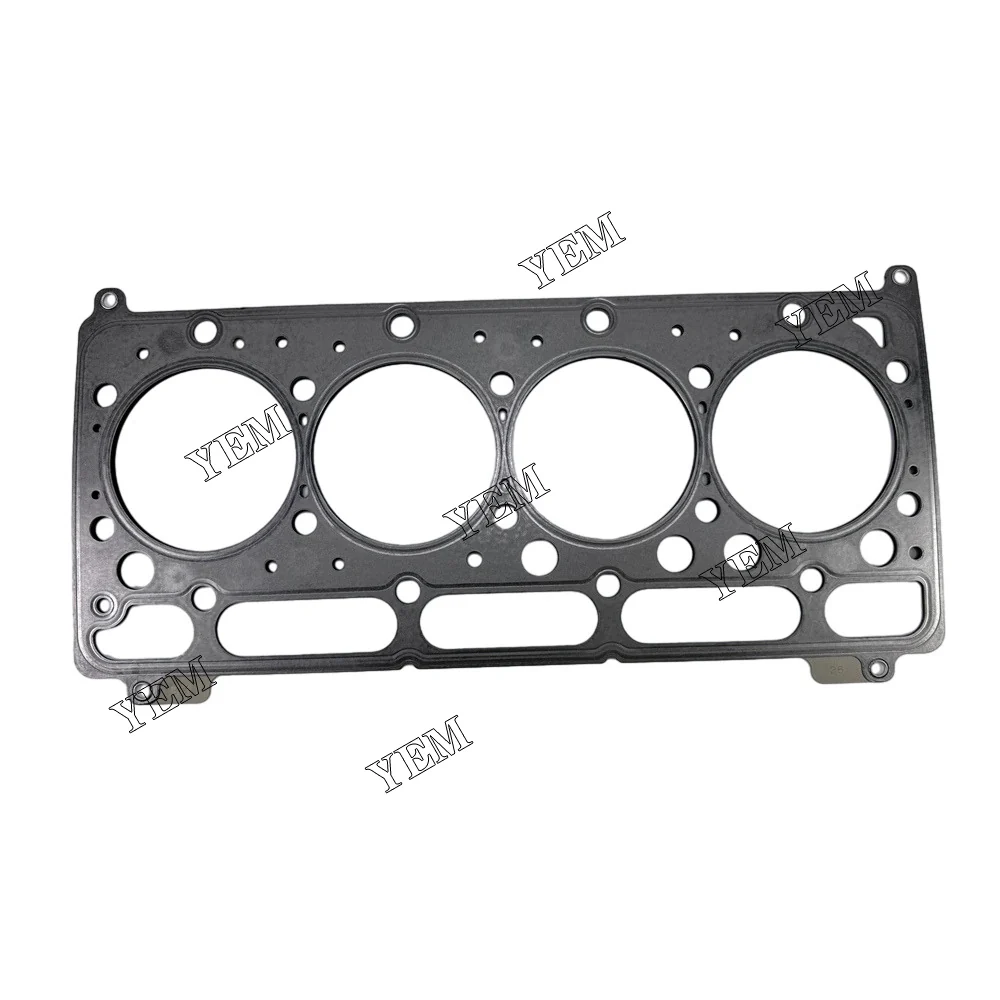
Steps:
- Preparation:
- Disconnect the negative terminal of the vehicle battery to prevent accidental electric shock.
- Allow the engine to cool to a safe temperature, making sure you do not burn yourself.
- Drain coolant:
- Open the drain port or drain screw to drain the coolant from the cooling system. Make sure to collect coolant in a secure container for safe handling.
- Removal of Parts:
- Remove relevant parts on the engine such as intake manifold, exhaust pipe, spark plug wires, etc. to gain access to the cylinder head.
- Remove the cylinder head bolts and carefully remove the cylinder head from the engine.
- Cleaning:
- Clean the cylinder head and cylinder top to ensure the surfaces are clean and free of residue or deposits.
- Replace the head gasket:
- Carefully remove the old head gasket, making sure not to damage any surfaces.
- Position and install the new head gasket, ensuring proper placement and alignment with the engine.
- Reinstall components:
- Reinstall the cylinder head to the engine and tighten the bolts to the correct torque.
- Reinstall all disassembled parts such as intake manifold, exhaust pipe, etc.
- Add coolant:
- Fill the cooling system with appropriate coolant and ensure exhaust air.
- Test Run:
- Start the engine and make sure there are no leaks or other problems.
- Observe engine operation to make sure everything is working properly.
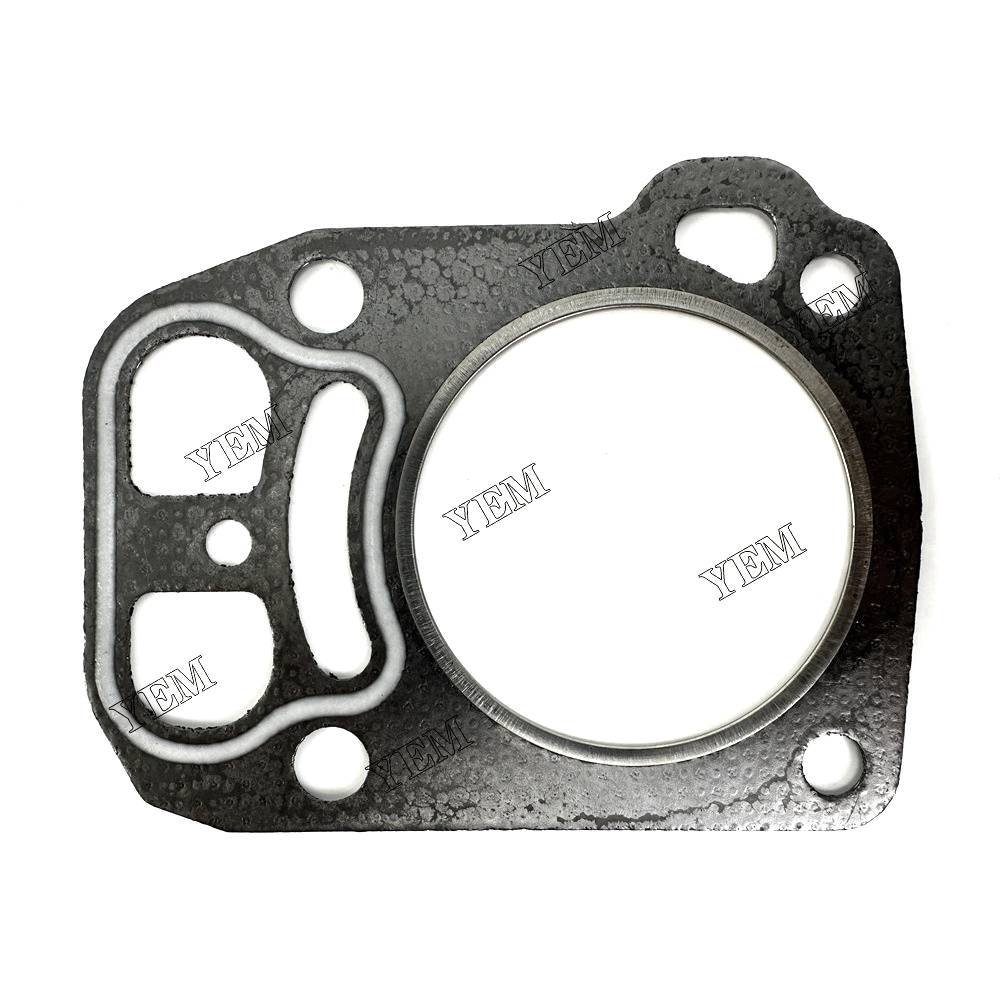
Precautions:
- SAFETY FIRST: Before performing any work, make sure the vehicle is in a safe position and take appropriate safety measures, such as wearing goggles and gloves.
- Use the Right Tools: Using the right tools and equipment is crucial to ensure the job is performed smoothly and completed safely.
- Follow Manufacturer Recommendations: When replacing the head gasket, it is best to follow the detailed steps and specifications provided by the manufacturer.
- Torque Requirements: When reinstalling cylinder head bolts, be sure to tighten to the manufacturer’s specified torque requirements to ensure proper sealing and safety.
- Check other components: When disassembling components, you can check the status of other components, such as spark plugs, belts, etc., and replace or maintain them if necessary.
- Quality Control: Make sure to use high quality replacement parts and carefully check the quality and condition of each part during installation.
- Operate with caution: Be careful when replacing the head gasket to avoid damaging any parts or causing other problems.
- Test and Verify: After completing the replacement, be sure to test and verify to make sure everything is functioning properly and there are no leaks or other issues.
Overall, replacing a head gasket is a task that requires care and skill, and if you’re unsure or inexperienced, it’s best to have it done by a professional technician.
Measures to Prevent Head Gasket Problems
Measures to prevent head gasket problems include the following:
1. **Regular Inspection and Maintenance**: Regularly check the status of the engine, including the cooling system, exhaust system and engine performance. Promptly identifying and repairing any problems can prevent head gasket failure.
2. **Keep the cooling system clean and effective**: Clean and replace the coolant regularly to ensure the normal operation of the cooling system. Avoiding overheating reduces stress and damage to the head gasket.
3. **Correct driving and operating habits**: Avoid long-term high-speed driving or excessive acceleration to reduce the risk of engine overheating. At the same time, avoid sudden braking and sharp turns to reduce engine vibration and pressure changes.
4. **Regular replacement of cooling system components**: Regularly replace key components in the cooling system, such as water pumps, radiators, temperature sensors, etc., to ensure their normal operation and reduce the risk of head gasket failure.
5. **Use high-quality coolant**: Choose a high-quality coolant that is suitable for your vehicle, and follow the manufacturer’s recommendations for changes and additions. Good quality coolant protects the head gasket from corrosion and damage.
6. **Avoid excessive acceleration and load**: Avoid excessive acceleration and load to reduce the burden and stress on the engine. Excessive pressure and vibration can cause damage and leaks to the head gasket.
7. **Regularly replace engine oil and filter elements**: Regularly replace engine oil and filter elements to ensure the lubrication and cleanliness of internal engine parts. Clean engine oil reduces friction and wear, extending the life of the head gasket.
8. **Avoid overheating**: Avoid overheating the engine while driving, stop and rest in time or reduce the speed to keep the engine running within the normal operating temperature range.
By taking these precautions, you can reduce the occurrence of head gasket problems and extend the life and reliability of your engine.
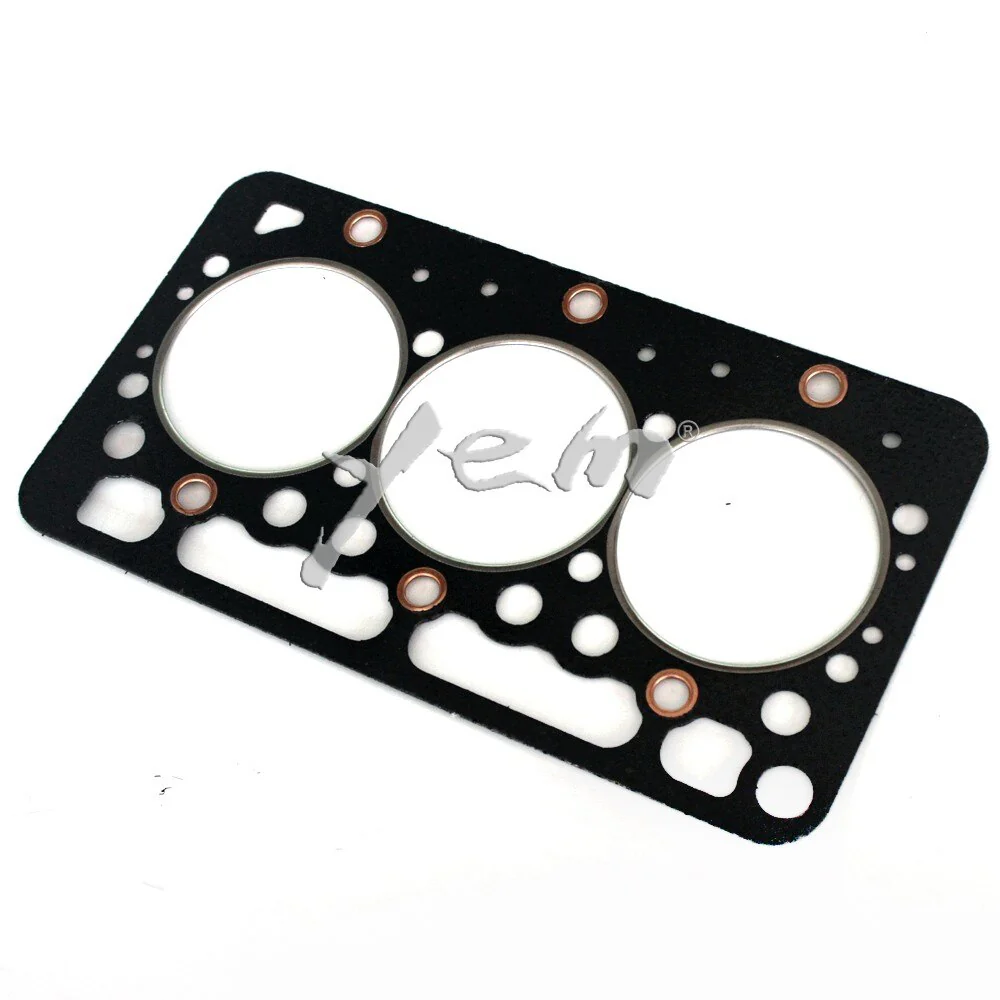
Solutions to common problems
Here are solutions to some common head gasket problems:
- Leak:
- If a head gasket leak is found, first check the location and severity of the leak. Depending on the nature of the leak, the head gasket may need to be reinstalled, the crack repaired, or the head gasket replaced.
- Make sure the bolts are torqued correctly and check to see if any other parts are damaged or need to be replaced.
- Wear:
- If the head gasket becomes worn, it usually needs to be replaced with a new one. When replacing, be sure to select a head gasket of appropriate size and material and install it strictly in accordance with the manufacturer’s recommendations.
- Cracks:
- If cracks are found in the head gasket, the head gasket must be replaced immediately. Delaying replacement can lead to further damage and leaks, or even engine failure.
- Extrusion deformation:
- If the head gasket is extruded and deformed resulting in reduced sealing performance, the head gasket needs to be reinstalled and make sure to use the correct torque specification.
- Other questions:
- If you encounter other head gasket problems, such as oil leakage or overheating caused by uneven pressure, you need to carefully check whether the head gasket is installed correctly and whether there is damage or problems with other related parts.
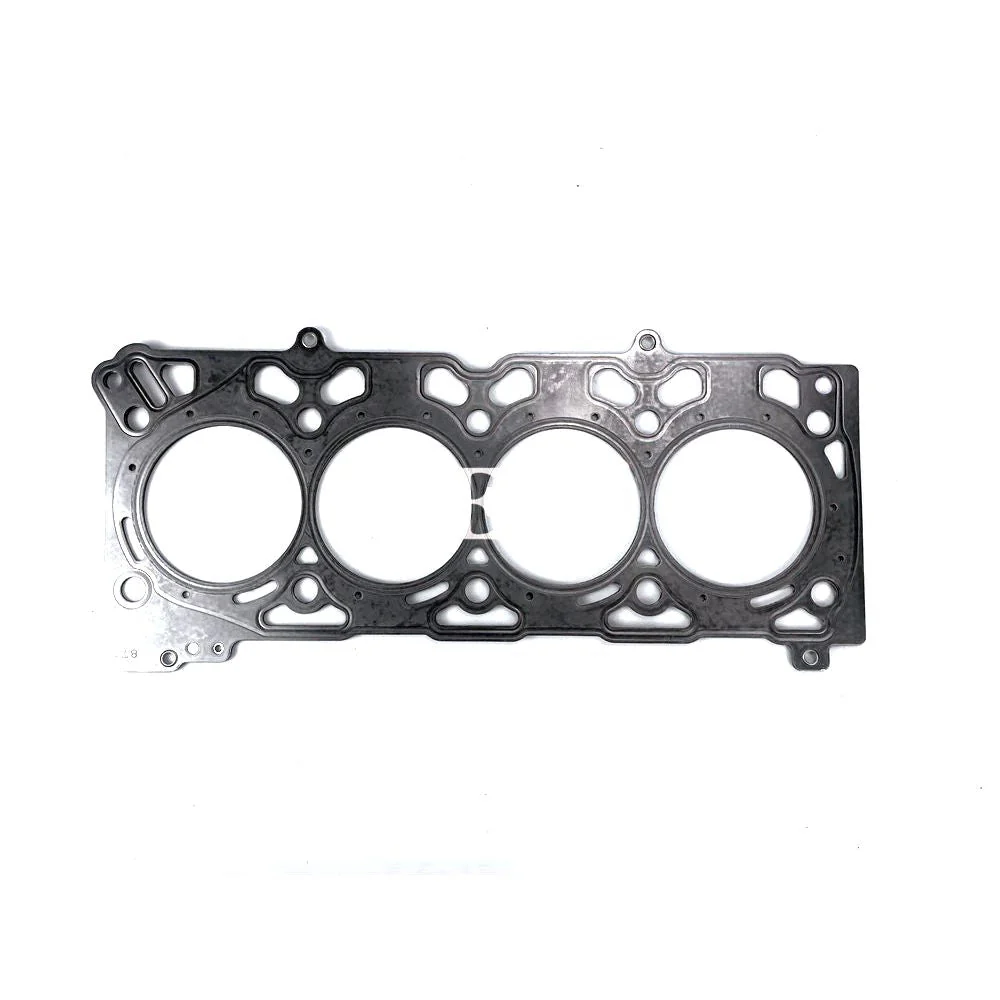
In general, for common problems with head gaskets, the most important thing is to discover them in time and take the correct solutions. If you’re not sure how to fix the problem, it’s best to have it inspected and repaired by a professional technician.
“Unlocking Efficiency and Reliability: Your Trusted Partner in Excavator Parts – Introducing YEM Excavator Parts Team”
At YEM Excavator Parts Team, we pride ourselves on being your dedicated and experienced partner in the world of excavator parts. With a deep-rooted commitment to quality and customer satisfaction, we stand as a beacon of excellence in providing top-notch parts for excavators of all makes and models.
Unparalleled Expertise and Product Range
Backed by years of industry experience, our team boasts unparalleled expertise in excavator parts. Whether you’re in need of hydraulic system components, engine parts, chassis parts, or any other excavator part, we’ve got you covered. Our extensive product range ensures that you’ll find exactly what you need to keep your excavator running smoothly and efficiently.
Quality You Can Trust
At YEM, quality is non-negotiable. We understand the importance of reliability and durability when it comes to excavator parts, which is why we source our products only from trusted manufacturers known for their exceptional quality standards. Each part in our inventory undergoes rigorous quality checks to ensure that it meets our stringent requirements, giving you peace of mind knowing that you’re investing in parts that are built to last.
Exceptional Customer Service
What truly sets us apart is our unwavering commitment to customer satisfaction. Our dedicated team is always ready to assist you with any inquiries or requests you may have. Whether you need help identifying the right parts for your excavator model or require guidance on installation and maintenance, our knowledgeable staff is here to support you every step of the way. With prompt and reliable customer service, we ensure that your needs are met with the utmost professionalism and efficiency.
Building Long-Term Partnerships
At YEM, we believe in forging lasting relationships with our customers. We understand that your success is our success, which is why we go above and beyond to provide you with the best possible service and support. Whether you’re a seasoned excavator operator or a first-time buyer, we’re here to assist you with all your excavator parts needs and ensure that you receive the personalized attention you deserve.
Get in Touch
Ready to experience the difference with YEM Excavator Parts Team? Contact us today via our website, email, or phone, and let us help you unlock the full potential of your excavator. With our comprehensive product range, unwavering commitment to quality, and exceptional customer service, we’re your trusted partner in excavator parts.
